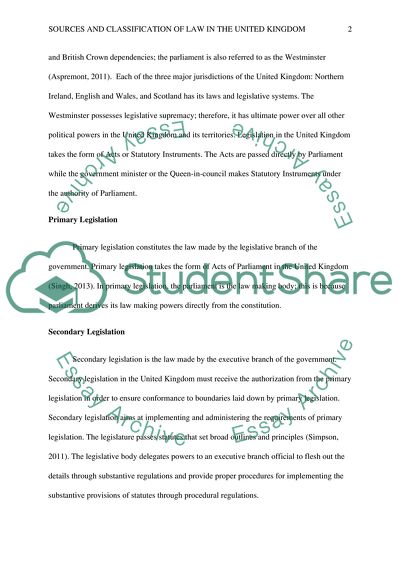Cite this document
(“Sources and Classifications of Law in the United Kingdom Essay”, n.d.)
Sources and Classifications of Law in the United Kingdom Essay. Retrieved from https://studentshare.org/law/1647396-sources-and-classifications-of-law-in-the-united-kingdom
Sources and Classifications of Law in the United Kingdom Essay. Retrieved from https://studentshare.org/law/1647396-sources-and-classifications-of-law-in-the-united-kingdom
(Sources and Classifications of Law in the United Kingdom Essay)
Sources and Classifications of Law in the United Kingdom Essay. https://studentshare.org/law/1647396-sources-and-classifications-of-law-in-the-united-kingdom.
Sources and Classifications of Law in the United Kingdom Essay. https://studentshare.org/law/1647396-sources-and-classifications-of-law-in-the-united-kingdom.
“Sources and Classifications of Law in the United Kingdom Essay”, n.d. https://studentshare.org/law/1647396-sources-and-classifications-of-law-in-the-united-kingdom.


